The Best Damn Chevelle in Daytona - Smokey Yunick's 1966 Chevelle #BlogPost
The world’s most famous Chevelle was developed by Smokey Yunick for driver Curtis Turner and the 1967 Daytona 500. So many myths have been spread about the car, most untrue. I don’t usually write about cars, but this single car is so interesting that I had to.
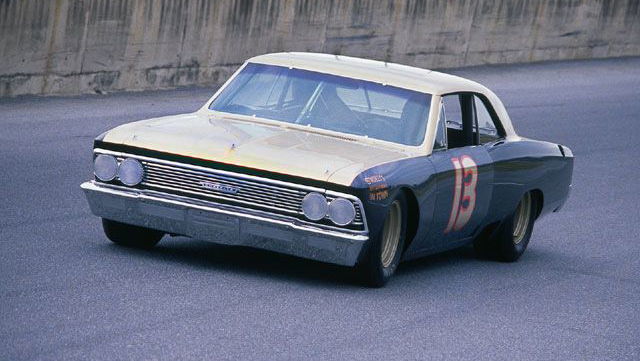
The world’s most famous Chevelle was developed by Smokey Yunick for driver Curtis Turner and the 1967 Daytona 500. So many myths have been spread about the car, most untrue. I don’t usually write about cars, but this single car is so interesting that I had to.
First off, there was never just one Chevelle. There were 3, the most famous being the 2nd one. This car was built by Chevrolet Engineering in Detroit. It was then transferred to Smokey’s Garage in Daytona Beach, Florida where it was finished by Smokey and a group of Chevy Engineers. The “1966 Chevelle” was ready for action.
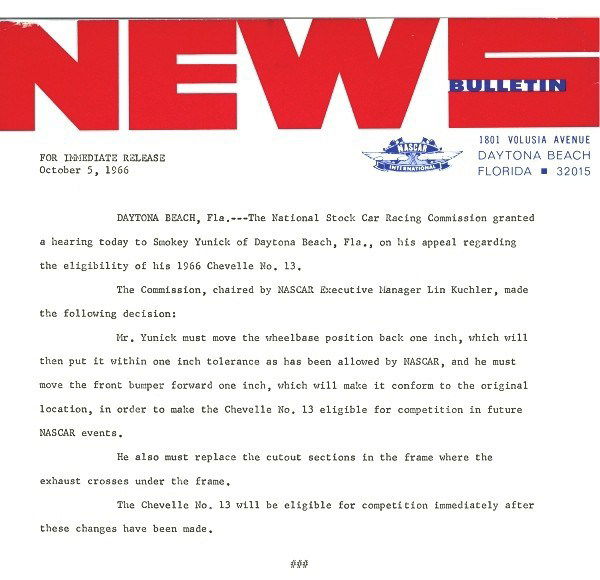
As the letter states above, the car wasn’t actually 7/8th’s Scale. It’s one of the most popular myth about the car, but it’s also one of the most easily debunkable. If the car was 7/8th’s size, it’d be roughly the size of a Chevy Vega. It wouldn’t take more than about the blink of an eye to figure out the car was undersized. However, there were some other things about the car that were… unique, to say the least.
When Curtis Turner showed up to Daytona in February for Speedweeks, he was in Smokey Yunick’s car. The car was heavily modified. To start, the big block Chevy wasn’t actually a 427. It was de-stroked to rev higher, actually make it a “416”. There were sheet aluminum heat deflectors above the headers to keep hot air from rising up to the air box. There were reinforced brake shoes, done by welding on small rods to prevent bending. He mounted shocks and springs as close to the wheels as possible. The front bumper was altered and set back into the bodywork to improve the aerodynamics as well as deepened 2 inches in order to keep the air out from under the car. The top of the car features a subtle flap up near the rear edge to generate downforce at the rear of the car. The chassis was stiffened to keep the car planted to the track. The frame rails were designed to hold extra fuel, about 5 gallons in total. And the Pièce De Résistance, the car’s underbelly was completely smooth. There were no rules against any of this, it was completely legal.
Turner was fast. Bad fast. Turner broke the 180mph mark for Daytona. People immediately questioned the absolutely crazy speed. The car passed NASCAR Inspection before the qualifying session, so everything seemed within reason to them. Turner one of only 12 Chevy’s to start the race, and the only one in the Top 27. He had out qualified the Petty Plymouths, Holman and Moody Fords, Wood Brother’s Fords and Cotton Owen’s Dodges. It was an incredible feat. All protested. NASCAR was all over the car for the entire week. They couldn’t find anything because, in Smokey’s words, “…if they would looked under the thing they would’ve said ‘Holy sh*t.’”
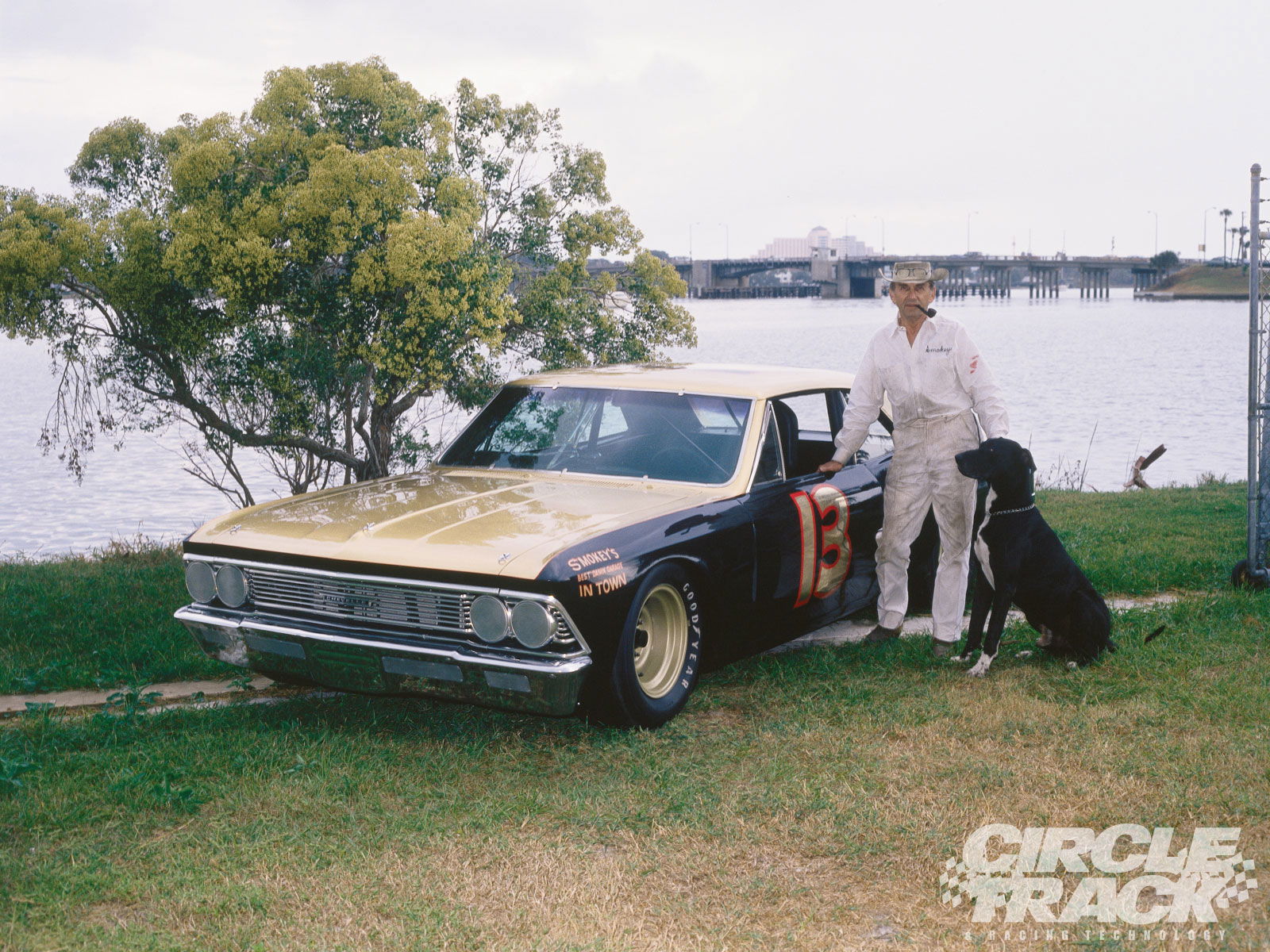
The car did have the race pace expected by many. The Yunick team struggled with the handling during the race, with Turner only leading 6 laps before losing an engine on Lap 143 of 200. But, it did enough to generate a buzz around the Chevelle. However, its time in NASCAR was short lived.
Smokey didn’t enter the car until the next speedway race in Atlanta. When Turner took it out for practice on the Friday before the race, he crashed. Hard. Turner lost control of the car in Turn 4 and over-corrected into the outside wall. The car slammed into the wall and went up on its side, flipping 8 times and flying over the wall separating the pit wall and racing surface before coming to a stop. The car was completely destroyed. But, the roll cage design that stiffened the chassis also stiffened the cockpit. Curtis Turner didn’t have a scratch on him.
The second Chevelle was gone, but the first and third still were able to be raced. In the winter of 1967, Smokey developed pneumonia, but he still was able to work on a Chevelle. A few weeks before the 1968 Daytona 500, he called Bill France, President of NASCAR, to ask if there would be any problems racing a Chevelle in the 1968 Daytona 500. France assured him everything would work out smoothly. This statement wouldn’t hold for long.
When Smokey towed a Chevelle into Daytona in February, he was handed a list of things he had to change to race the car. Top of the list, he had to use a production Ford frame, like everyone else, regardless of manufacturer, for the strength. Smokey was using a completely custom built frame on the car, built for the body. It wouldn’t fit on any other chassis. In other words, it was basically outlawed.
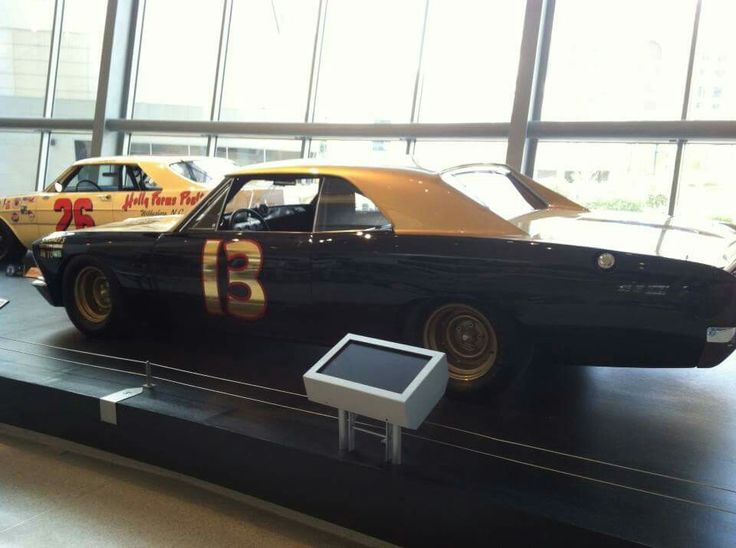
Smokey wasn’t happy by any stretch of the imagination. He lost it. Officials refused to give him fuel to get the car back up on his trailer, so Smokey stole some fuel and drove it back up on the trailer. Legend has it he turned back onto the main road to head back to his shop, and only stopped at the redlight of Volusia and Campbell Street. Bill France headed back to Smokey’s shop and arrived not long after Smokey had. When he showed up, Smokey threw a 4 pound hammer at him, missing France by inches and leaving a dent in the front fender of France’s new Pontiac. France took a hint and decided to go back to the Speedway.
The next week, France sent a letter to Yunick, apologizing to Yunick about the troubles. Attached to the letter was a check for $1,500, which Smokey promptly took into the restroom at his shop, and took a piss on before sending it back to France.
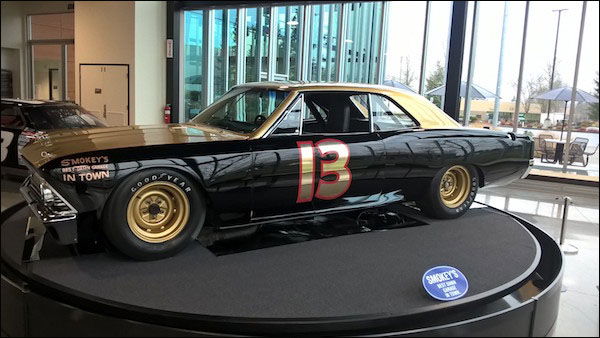
So what happened to the car? Well, it was sold to a dirt racer in Georgia. However, another driver was looking to buy it in 1987. Smokey had told him he had already sold it, but when he looked for the records around it, he found it had never been paid for. Smokey then tracked the car back down, took it back, restored it and eventually sold it for $100,000 USD. The car dissapeared again before resurfacing in 2010, having been restored and sold for $950,000 USD by Canepa in California. It was then included in the NASCAR Hall of Fame’s Glory Road exhibit in Charlotte, North Carolina until 2014.
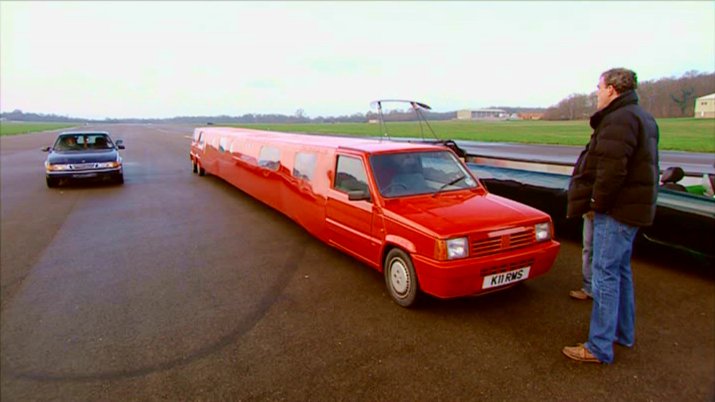
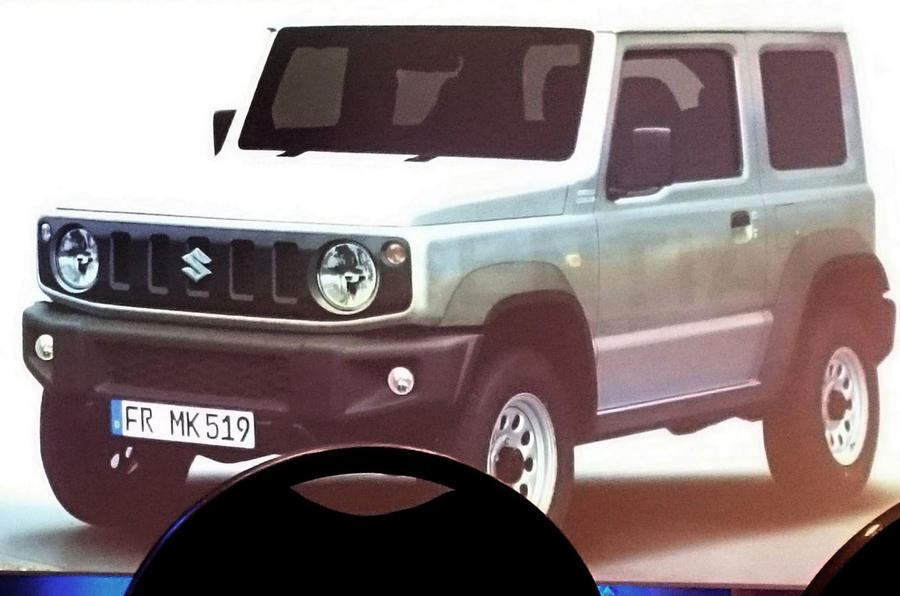
Comments
Legendary car
Pagination